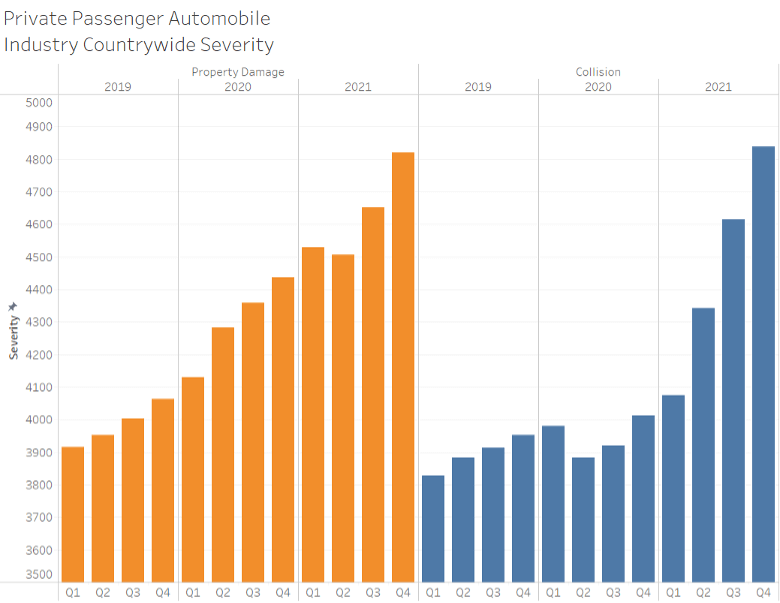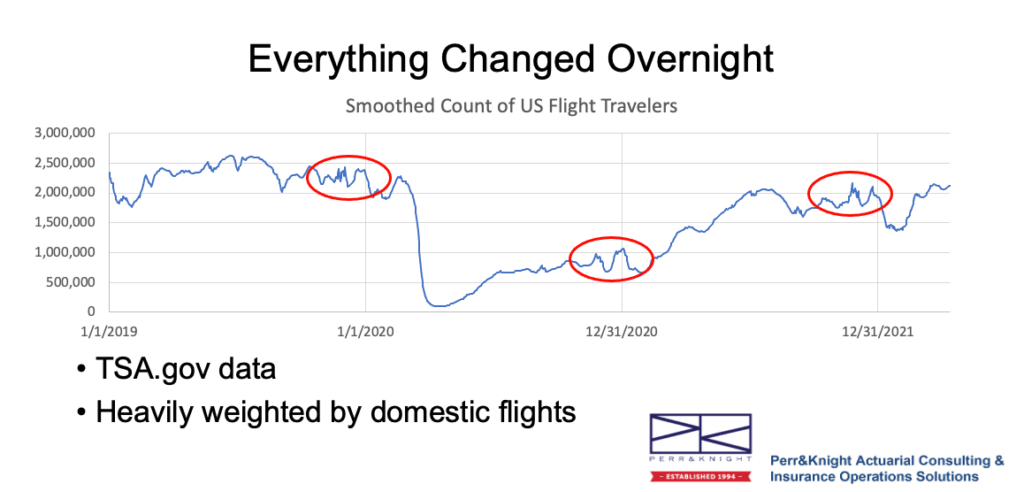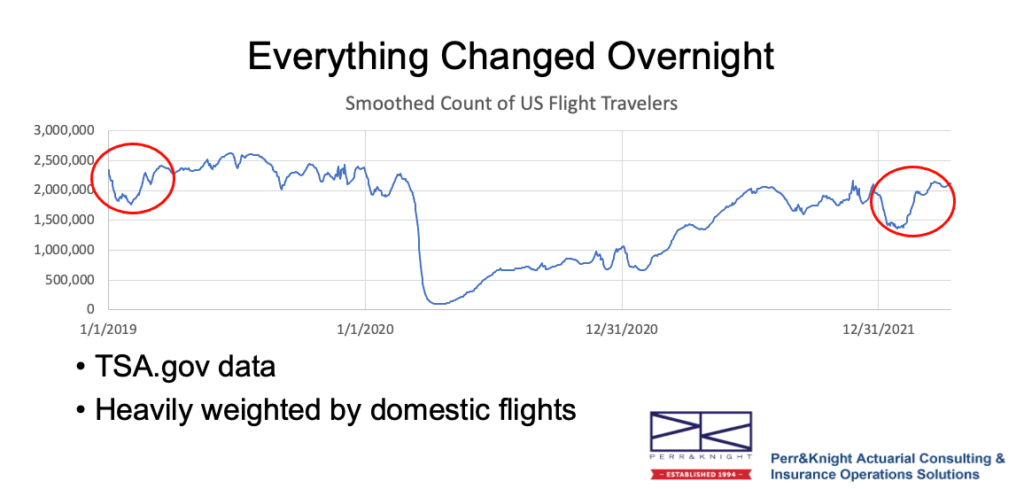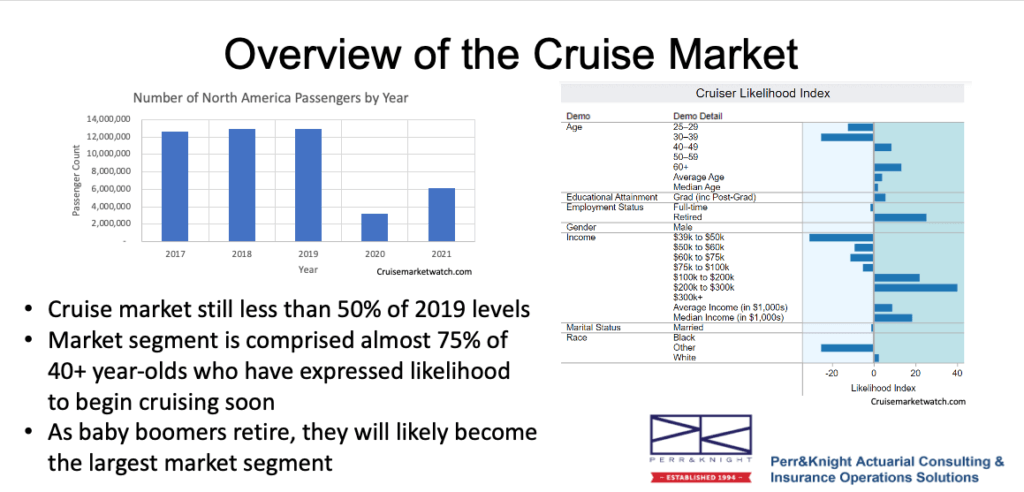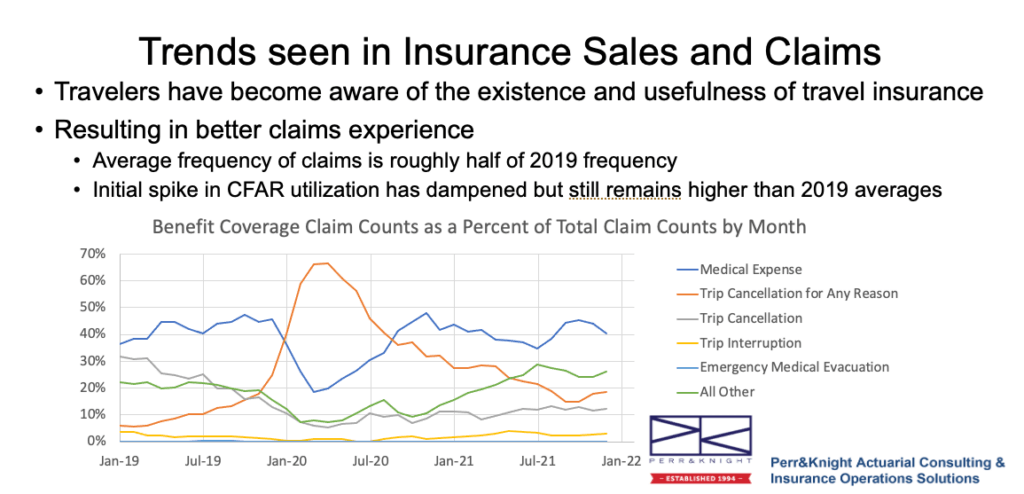Electronic state filings are entering a new chapter. As the NAIC rolls out its SERFF modernization initiative, insurance carriers, MGAs, and compliance professionals are adapting to a new, cloud-based system. This shift will change how filings are submitted, reviewed, and reported.
But the biggest challenge isn’t insurance state filings software or the technology itself – it’s how well organizations align around it.
Readiness Starts Inside the Organization
The most successful transitions won’t be driven by systems alone. They’ll come from organizations that are organized, communicative, and confident. That means preparing your people, reviewing your processes, and confirming that your technology partners are ready to support a dual-platform environment for submitting and tracking state filings.
The ability to operate confidently across both the legacy and modernized SERFF platforms is now a requirement, not a luxury. Modernization is no longer a theoretical concept; it is moving into active implementation. Therefore, readiness must shift from planning to execution.
Filing teams need to define their responsibilities, workflows must reflect current activity, and systems must be flexible enough to connect and scale. It is not enough to prepare once and wait. Organizations must treat readiness as an ongoing capability.
What to Expect During the Transition
Even the best internal readiness plan will face external challenges as states begin utilizing the new platform at different times. This is especially important for multi-state filers. As each state adopts the new platform based upon its readiness, filers will need to manage submissions across two environments. Tracking, status visibility, and reporting will all become more complex.
Compliance and product teams that rely on aggregated dashboards, reports, and automation tools will face new configuration demands, and coordination with IT will be more important than ever.
Preparing for What’s Next
Preparation today ensures confidence tomorrow. There are six essential steps every organization can take today to strengthen readiness and prepare for what is to come:
- Stay informed – Follow updates from the NAIC and your state liaisons.
- Train early – Familiarize teams with new workflows, terminology, and insurance state filings software.
- Map your footprint – Take inventory of the states and lines your company files in and match them to the NAIC early adopter list.
- Audit your data flows – Know where filing data connects to internal systems.
- Plan for coexistence – Expect a period of overlap between platforms
- Engage your vendors – Confirm that partner systems, like StateFilings.com, are ready for both environments.
Managing the Transition: Options for Every Organization
Each organization will need to determine the approach to managing the SERFF transition that best fits its structure, capacity, and goals. The chart below outlines common approaches and their implications.
Every organization’s journey will look different. What matters is selecting a path that balances control, efficiency, and resource investment.
Choosing the Right Approach for Your Organization
| Approach | Description | Best for | Considerations |
| Manual Management | Track filings separately in each SERFF system | Smaller teams or low-volume filers | High internal coordination required; prone to human error |
| Internal API Integration | Build internal tools to connect directly to both SERFF systems | Carriers with strong IT resources | Requires significant upfront investment and ongoing maintenance |
| Centralized Filing Desk | Designate internal team to manage all filings across systems | Organizations with multiple product lines | Needs clear ownership and training; benefits from process consistency |
| Managed Services | Outsource filing management to an experienced partner | Organizations looking to reduce internal workload | Relies on vendor expertise; requires strong communication |
| Vendor Platform | Use a system like StateFilings.com for unified filing and reporting | Carriers seeking automation, accuracy, and visibility | Offers scalable support, centralized tracking, and minimized IT effort |
How StateFilings.com Bridges the Gap
Among these options, StateFilings.com from Perr&Knight stands out for its ability to unify both legacy and modernized SERFF environments into a single, seamless environment. This all-in-one insurance state filings software connects to both platforms, consolidates all filing activity and correspondence, and maintains a complete audit trail across systems. Centralization like this reduces manual work and improves visibility across jurisdictions.
Real-time filing data gives compliance and product teams instant and comprehensive insights without the need for data reassembly. Filing information flows smoothly into existing reporting tools and dashboards, while the system’s cloud-based architecture minimizes IT maintenance. As new states and lines of business transition, StateFilings.com scales right alongside them, ensuring your systems and processes stay aligned with regulatory change.
Supported by Perr&Knight’s experienced state filings professionals, StateFilings.com implementation is straightforward, and ongoing support is built into the platform.
Turning Readiness into Advantage
With the proper preparation and the right tools, modernization becomes more than a compliance requirement: it becomes an opportunity to improve efficiency, reduce risk, and strengthen outcomes. If your organization is preparing for SERFF modernization, now is the time to act.
Contact Perr&Knight’s StateFilings.com team to learn how we can help simplify your transition and ensure your readiness for what’s next.









